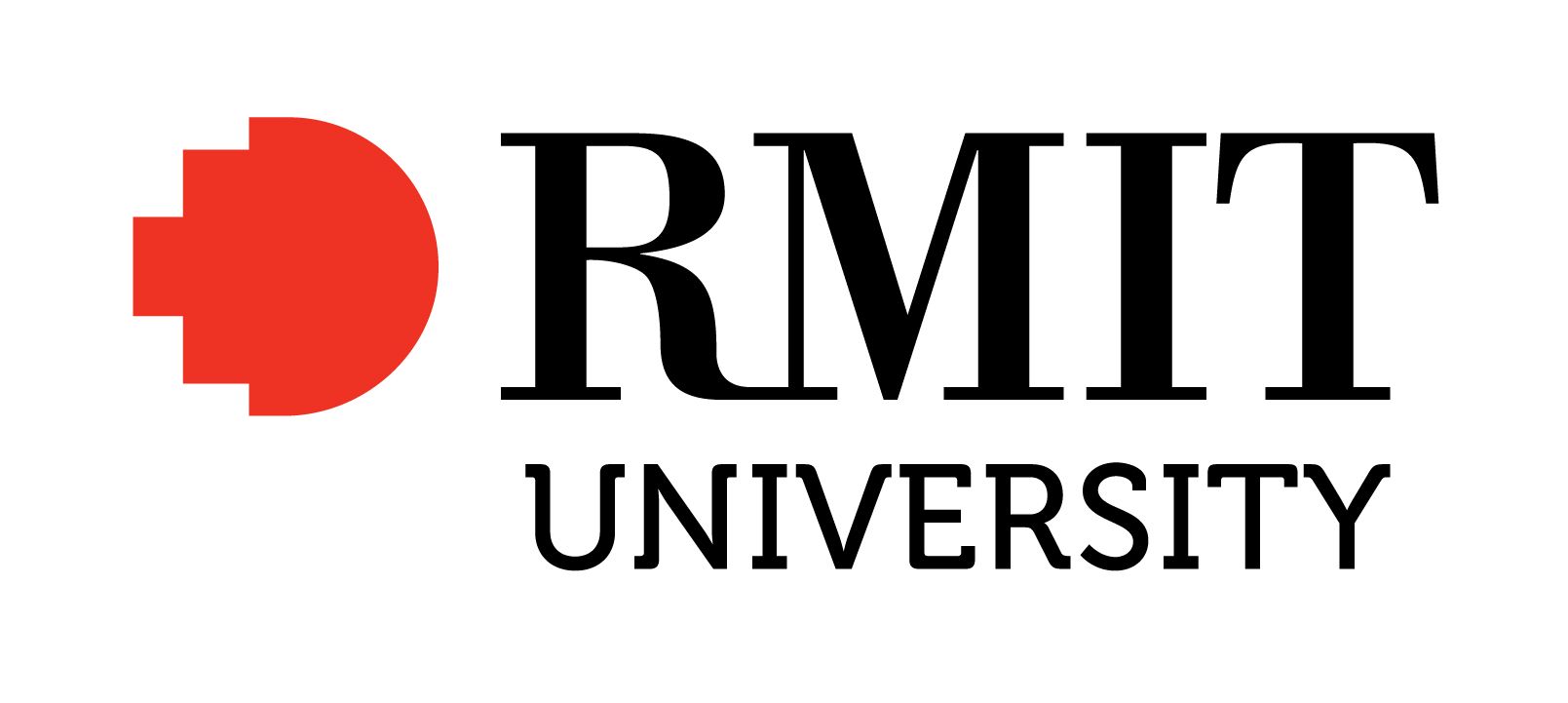Full description
Clostridium perfringens causes a number of enteric diseases in animals and humans. In poultry, avian-specific C.perfringens strains expressing NetB toxin are known to cause NE, an economically significant poultry disease that costs the global industry over $2 billion annually in losses and control measures. With removal of antibiotic growth promoters in some countries this disease appears to be on the rise. In experimental conditions used to study disease pathogenesis and potential control measures, reproduction of the disease relies on the use of predisposing factors such as Eimeria infection and the use of high protein diets, indicating complex mechanisms involved in the onset of NE. The mechanisms by which the predisposing factors contribute to disease progression are not well understood but it has been suggested that they may cause perturbations in the microbiota within the gastrointestinal tract. We inspected changes in cecal microbiota and short chain fatty acids (SCFA) induced by Eimeria and fishmeal, used in combination or separately in birds challenged or not challenged with C. perfringens. C.perfringens challenge in the absence of both predisposing factors was not able to cause significant changes in either the alpha or beta diversity of the microbiota nor in concentrations of SCFA. Moreover, there was no C.perfringens detected in the cecal microbiota 2 days post-challenge without the presence of predisposing factors. In contrast, both fishmeal and Eimeria caused significant changes in microbiota, seen in both alpha and beta diversity and also enabled C.perfringens to establish itself from fully absent to present and abundant 2 days post challenge. Eimeria had its strongest influence on intestinal microbiota and SCFA when combined with fishmeal. Out of 6 SCFAs measured, including butyric acid, none were significantly influenced by C.perfringens, but their levels were strongly modified following the use of both predisposing factors. There was little overlap in the changes caused following Eimeria and fishmeal treatments, possibly indicating multiple routes for progressing towards clinical symptoms of NE. Subjects
Biological Sciences |
Birds |
Chickens |
Clostridium perfringens |
Death rates |
Eimeria |
Enteritis |
Gastrointestinal tract |
Microbiology |
Microbiome |
User Contributed Tags
Login to tag this record with meaningful keywords to make it easier to discover
Identifiers
- Local : ef328ee92bfec2c9cafb3a139bbe9f88


